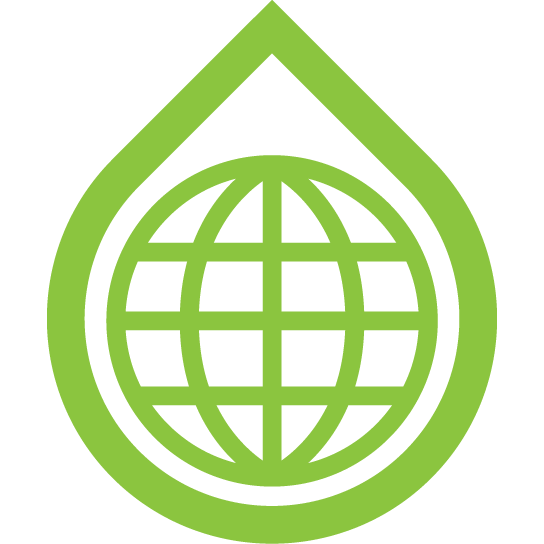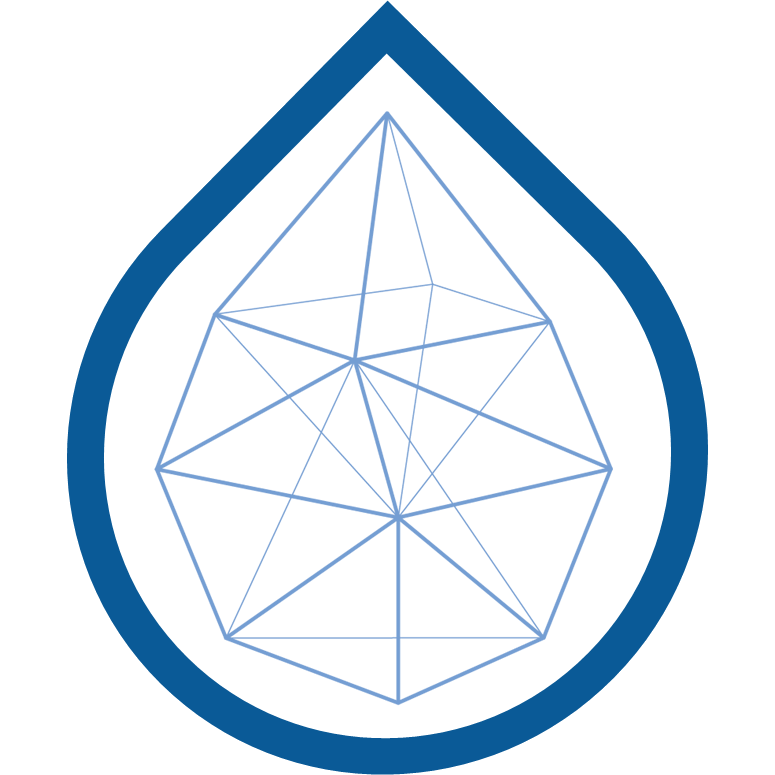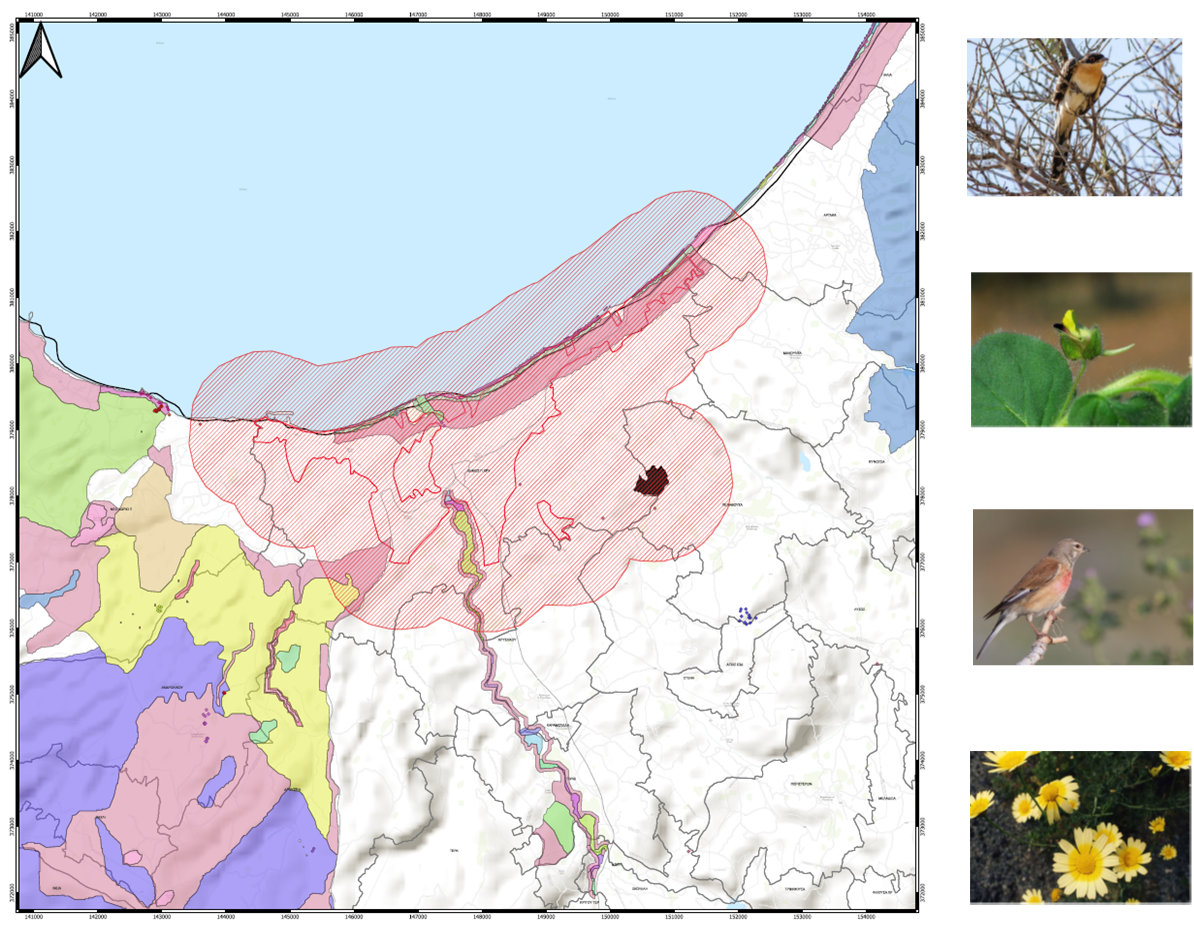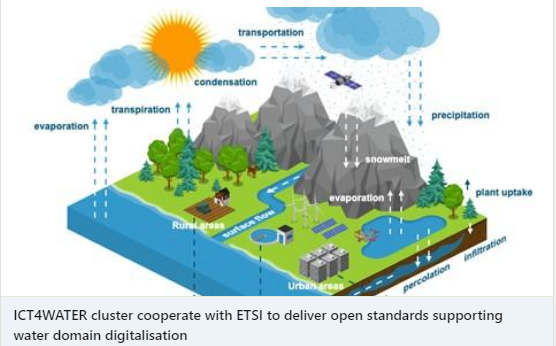
LIFE CHARM
Challenge
The Asopos River Basin is located at the centre of Greece, at the River Basin District of Eastern Sterea Ellada, has an area of approximately 1100 km2. It experiences significant pollution problems that threaten both surface and groundwater bodies. The industrial sector, mainly due to the vicinity of the area to the capital, bloomed during the last decades to reflect approximately 20% of the total national industrial production and resulted in the significant deterioration of the quality of local water bodies.
The most important quality issue with increased public concern is related to the high concentrations of chromium and especially hexavalent chromium both in surface and groundwater. The LIFE CHARM project aimed to contribute to the solution of this complex problem that threatens the sustainable development and protection of water resources.
Approach
LIFE CHARM aims at:
- Development of a methodology for the determination of TV for chromium compounds in groundwater bodies in support of the Water Framework Directive (WFD) 2000/60/EC and the Groundwater Directive (GWD) 2006/118/EC.
- Application of a numerical model for the groundwater simulation and chromium mass transport, representing the existing situation of the groundwater flow and chromium mass transport of the groundwater system of Asopos basin
- Determination of Natural Background Level and TVs for chromium and hexavalent chromium for the groundwater system of Asopos.
- Quantification of chromium and hexavalent chromium removal efficiency from the pilot application of five different groundwater remediation technologies.
- The improvement and rational management of water resources at the river basin of Asopos and the relevant groundwater body.
- Adaptation of the Programme of Measures and determination of the effectiveness of the proposed measures on groundwater flow field and the Cr contaminant plumes, as well as determination of the effects of climate changes on groundwater flow field and the Cr contaminant plumes.
- Dissemination of the project’s results and know-how exchange to the other regions in Greece and river basin districts within EU through scientific conferences and publications, relevant brochures and the web.
- Strengthen of the sense of responsibility of the local community with respect to the protection and management of water resources.
EMVIS participated through its partners in the research team of the Sanitary Engineering Laboratory (NTUA). Main actions in which EMVIS’s staff is involved:
- Determination of threshold values for chromium following the provisions and guidelines of the Directive 118/2006/EC (GWD), including analysis of international legal framework, evaluation of groundwater geochemical status, development of methodology for determination of threshold values.
- Evaluation of natural chromium attenuation within Asopos river basin, based on the information provided from the implementation of article 5 of the WFD in RBD of Sterea Ellada, identification of NBL, reference conditions (REF) and EQS for the surface water bodies interconnected to the groundwater, and possible interactions to the Natura2000 sites.
- Programme of Measures for the Asopos river basin, in accordance to the provisions and recommendations of the article 11 and Annex VI of Water Framework Directive, including identification of basic and supplementary measures, economic, environmental and societal evaluation of the proposed measures.
Staff from EMVIS also participates in the horizontal support actions of management and dissemination.
Impact
LIFE CHARM had a significant impact in the area, as a result of the intensive work that has been taken place for 5 years with close collaboration of the local authorities and local community. The technical part of the project resulted in solid results related to the determination of threshold values for total and hexavalent chromium groundwater concentrations following the provisions and guidelines of the Directive 118/2006/EC (GWD) and the evaluation of natural chromium attenuation within Asopos river basin, whereas five demonstration activities were investigated to test specific technologies upon their effectiveness in removing chromium and hexavalent chromium from groundwater. The final phase of the project was supported by all previous actions and was targeted to the development and evaluation of a programme of measures (PoM) for the protection of the groundwater of Asopos River Basin, which has served as the basis of future actions.









